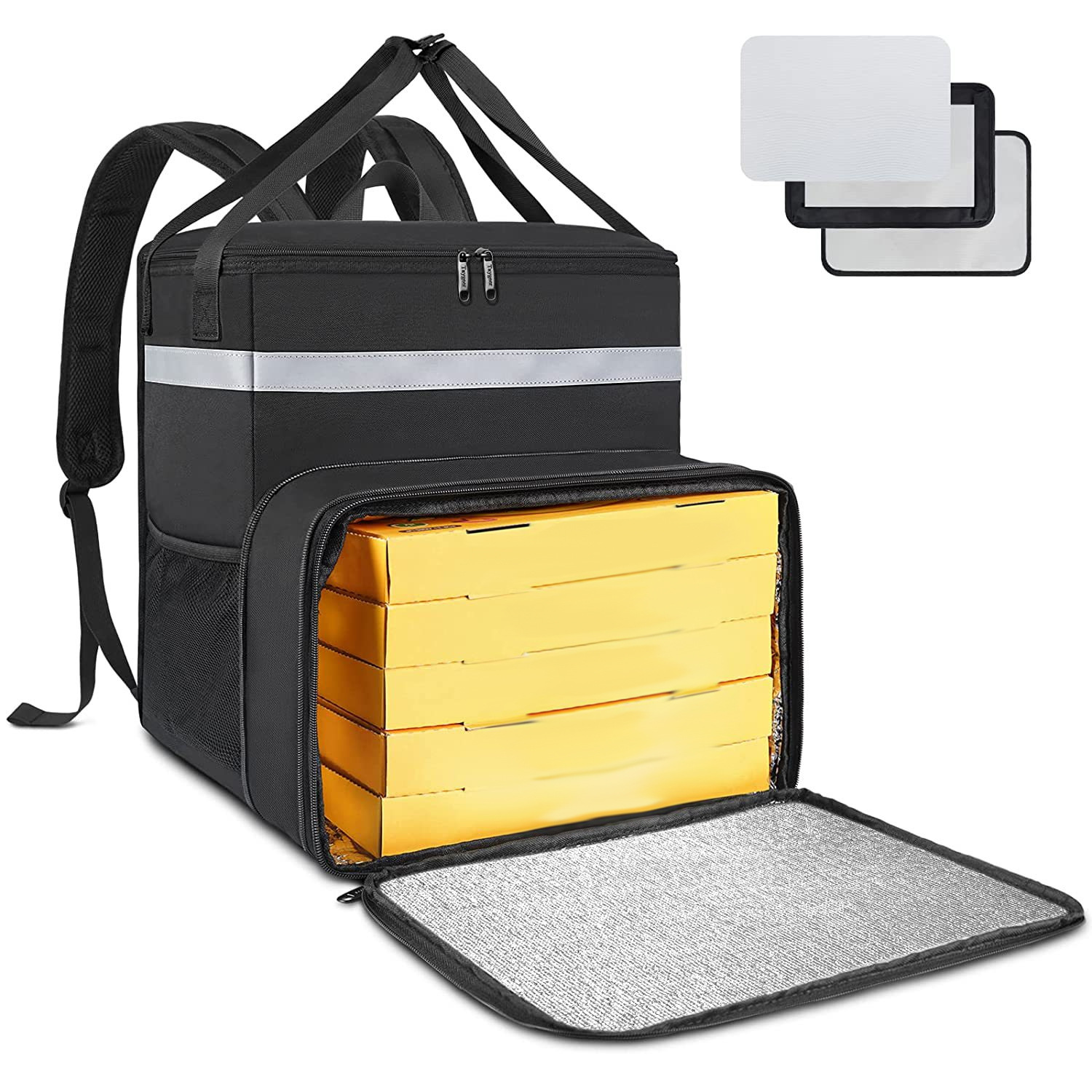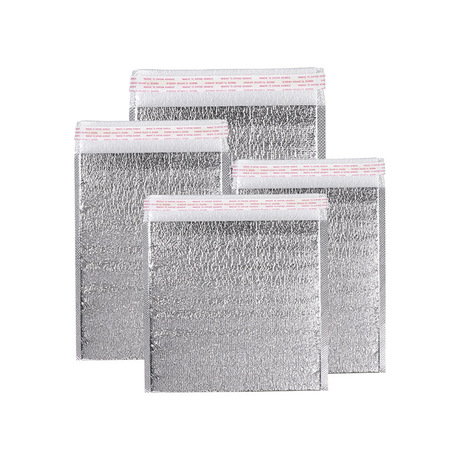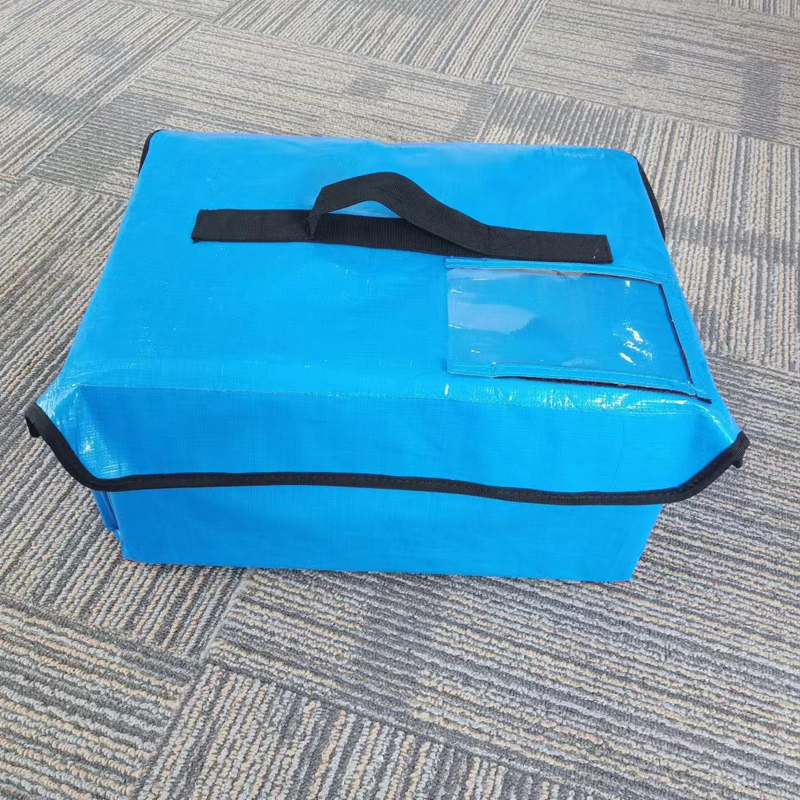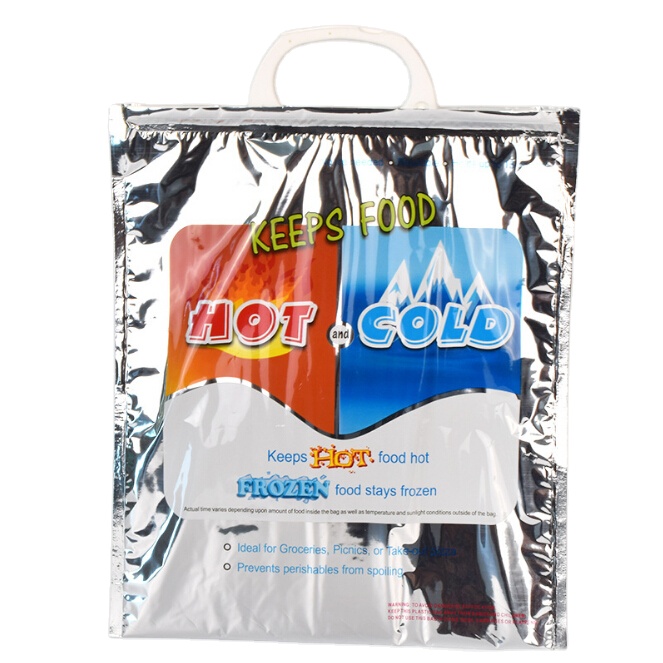Cold chain transportation refers to maintaining temperature sensitive items such as perishable food, pharmaceutical products, and biological products within a specified temperature range throughout the entire transportation and storage process to ensure their quality and safety. Cold chain transportation is crucial for maintaining product freshness, effectiveness, and preventing product damage due to temperature fluctuations. Here are some key points about cold chain transportation:
1. Temperature control:
-Cold chain transportation requires precise temperature control, which typically involves two modes: refrigeration (0 ° C to 4 ° C) and freezing (usually -18 ° C or lower). Some special products, such as certain vaccines, may require ultra-low temperature transportation (wie zum Beispiel -70 ° C to -80 ° C).
2. Key steps:
-Cold chain not only includes the transportation process, but also the storage, loading, and unloading processes. Temperature must be strictly controlled at every stage to avoid any “cold chain breakage”, which means temperature management is out of control at any stage.
3. Technology and equipment:
-Use specialized refrigerated and frozen vehicles, containers, ships, and airplanes for transportation.
-Use refrigerated and refrigerated warehouses at warehouses and transfer stations to store products.
-Equipped with temperature monitoring equipment, such as temperature recorders and real-time temperature tracking systems, to ensure temperature control throughout the entire chain.
4. Regulatory requirements:
-Cold chain transportation must comply with strict national and international regulations. Zum Beispiel, food and drug regulatory agencies (such as FDA and EMA) have established cold chain transportation standards for pharmaceutical products and food.
-There are clear regulations on the qualifications of transportation vehicles, facilities, and operators.
5. Challenges and solutions:
-Geography and climate: Maintaining a constant temperature is particularly difficult during transportation in extreme or remote areas.
-Technological innovation: adopting more advanced insulation materials, more energy-efficient cooling systems, and more reliable temperature monitoring and data recording technologies.
-Logistics optimization: By optimizing routes and transportation strategies, reduce transportation time and costs while ensuring the integrity of the cold chain.
6. Application scope:
-Cold chain is not only used in food and pharmaceutical products, but also widely used in the transportation of other items that require specific temperature control, such as flowers, chemical products, and electronic products.
The effectiveness of cold chain transportation is crucial for ensuring product quality and consumer safety, especially in the context of increasing global trade and demand for high-quality products.
How much do you know about freezing?
Freezing is a method of preserving food, drugs, and other substances by lowering their temperature to below freezing point. This technology can effectively extend the shelf life of products, as low temperatures greatly slow down the growth of microorganisms and the speed of chemical reactions. The following is detailed information about freezing:
Basic Principles
1. Temperature range: Freezing typically involves lowering the temperature of the product to -18 ° C or lower. At this temperature, most of the water forms ice crystals, microbial activity basically stops, and the metabolic process of food also significantly slows down.
2. Water conversion: During the freezing process, the water in the product is converted into ice crystals, which helps prevent bacterial growth and chemical reactions from occurring. Jedoch, the formation of ice crystals may disrupt cellular structure, which is one of the reasons why frozen foods may experience texture changes after thawing.
Freezing technology
1. Rapid freezing: Rapid freezing is a commonly used method that minimizes the size of ice crystals formed inside food by rapidly lowering the temperature of the food, helping to protect the structure and texture of the food. This is usually achieved in commercial production using efficient refrigeration equipment.
2. Ultra low temperature freezing: In certain specific applications (such as certain scientific research fields and high-end food preservation), ultra-low temperature freezing may be used, and the temperature can be reduced to -80 ° C or lower to achieve extremely long preservation time.
3. Frozen storage: Frozen food needs to be stored in appropriate refrigeration equipment, such as a home freezer or commercial cold storage, to ensure that the food is continuously kept at a safe temperature.
application area
1. Food industry: In the food industry, freezing is a common preservation method, suitable for various foods such as meat, Meeresfrüchte, cooked food, dairy products, Obst und Gemüse.
2. Healthcare: Certain drugs and biological samples (such as blood, cells, usw.) require cryopreservation to maintain their stability and efficacy.
3. Scientific research: In scientific research, freezing technology is used to preserve various biological samples and chemical reagents for long-term research and analysis.
matters needing attention
1. Proper packaging: Proper packaging is crucial to prevent frostbite and food drying. Using moisture-proof and well sealed packaging materials can protect food.
2. Avoid repeated freeze-thaw cycles: Repeated freeze-thaw cycles can damage the texture and nutrition of food, and should be avoided as much as possible.
3. Safe thawing: The thawing process is also very important, and should be slowly thawed in the refrigerator, or quickly thawed using a microwave and cold water to reduce the chance of bacterial growth.
Freezing is a highly effective preservation method that significantly slows down microbial activity and chemical changes, extending the shelf life of food and other sensitive substances. The correct freezing and thawing techniques can maximize the nutritional and sensory quality of food.
How much do you know about refrigeration?
Refrigeration is a temperature control method used to extend the quality stability of food, medicine, and other products. By maintaining temperatures below ambient temperature but above freezing point, refrigeration can slow down microbial activity, chemical reactions, and physical processes, thereby maintaining the freshness and safety of products. The following is detailed information about refrigeration:
Basic Principles
1. Temperature range: Refrigeration usually refers to storing products in a temperature range of approximately 0 ° C to 8 ° C. This temperature range can effectively slow down the growth and reproduction of most microorganisms, while also slowing down enzyme activity in food.
2. Humidity control: In addition to temperature control, appropriate humidity is also key to maintaining food quality. Different products require different levels of relative humidity to maximize shelf life.
application area
1. Food preservation: Refrigeration is a common method for preserving food. It is suitable for meats, dairy products, Obst und Gemüse, and cooked foods, helping to reduce food spoilage and maintain nutritional value.
2. Medical products: Many drugs, vaccines, and biological products need to be stored under refrigeration conditions to maintain their effectiveness and stability.
3. Chemicals and other materials: Some chemicals and experimental materials also need to be refrigerated to prevent decomposition or maintain their performance.
Refrigeration technology
1. Refrigeration equipment: Refrigeration equipment includes household and commercial refrigerators, refrigerated cabinets, cold storage, usw. These devices can maintain low temperatures through compressor refrigeration systems, absorption chillers, or other refrigeration technologies.
2. Intelligent refrigeration: Modern refrigeration equipment may include temperature controllers, humidity sensors, and other automation technologies, which can be monitored and adjusted through intelligent systems to ensure continuous and stable storage conditions.
Maintenance and management
1. Correct loading: Ensure that the refrigeration equipment is not overloaded and that air can freely flow between products to maintain a uniform temperature.
2. Regular cleaning: Regular cleaning of refrigeration equipment is necessary to prevent pollution and maintain equipment efficiency.
3. Temperature monitoring: Use a temperature recorder or thermometer to regularly check the temperature of the refrigeration equipment to ensure its normal operation.
Refrigeration is an indispensable part of daily life, playing a crucial role in maintaining food safety, drug efficacy, and the quality of other products. Proper refrigeration management and technology can significantly improve food safety, reduce waste, and provide economic benefits for businesses and consumers.






.jpg)














